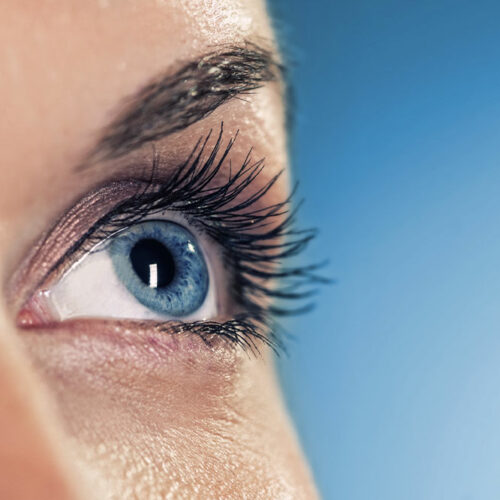4 Vitamins Essential for Eye Health

The eyes are extremely delicate organs that must remain healthy at all times, as once injured, they cannot regenerate or repair. The body requires several vitamins and minerals to maintain clear eyesight and good eye health. So, it is crucial to make better food and lifestyle-related choices to maintain sharp eyesight. While one can choose supplements to avoid nutrient deficiency, vitamin-rich foods are excellent, natural ways to ensure healthy eyes. Vitamin A Vitamin A, or retinol, is a fat-soluble vitamin that can be found in two different forms in foods: provitamin A carotenoids and preformed vitamin A. Carotenoids are found in green leafy vegetables, orange and yellow vegetables, tomatoes, and fish oils. Milk and meat products such as liver and fish are excellent sources of preformed vitamin A. This vitamin is an essential component of rhodopsin, a protein in the retina that aids in night vision. Additionally, vitamin A helps in protecting and preserving a clear cornea, the transparent outer surface of the eye. It also protects the eyes against many eye diseases. Studies have shown that maintaining an adequate level of vitamin A in the body can help minimize the chances of developing juvenile blindness and cataract. According to anecdotal evidence, the nutrient appears to reduce the risk of age-related macular degeneration (AMD).






